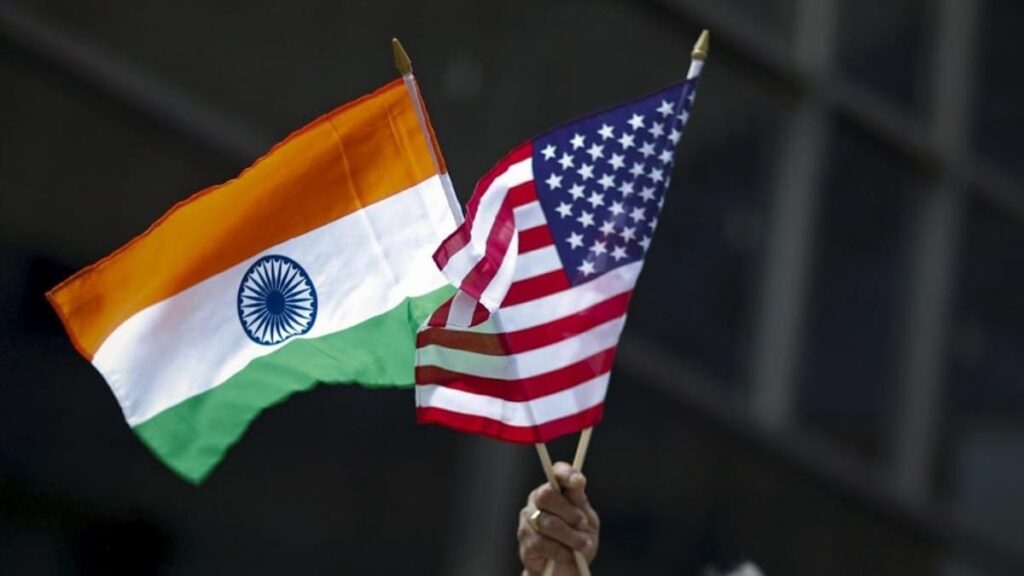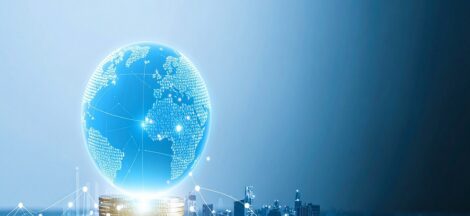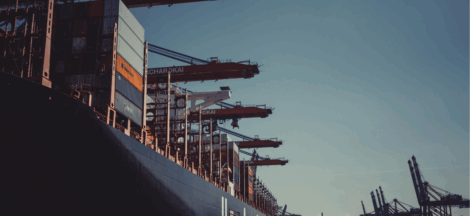The plan of India and the US to work together to advance the India-Middle East-Europe Economic Corridor (IMEEC) could give a shot in the arm for Indian foreign trade, which is growing at a rate much below potential and often turns to be a drag on its gross domestic product. The facility would help boost trade efficiency and reduce logistical costs. To be sure, the transport time between Asia and Europe is expected to come down significantly. The alternative route for global trade will also buttress supply chain security.
“The IMEEC is vital for bilateral interests, enhancing strategic supply chains and boosting security in economic, energy, and health sectors across India, Europe, and the Middle-East,” prime minister Narendra Modi had said earlier in the week, after reviewing the project with French President Emmanuel Macron.
“We agreed to work together to help build one of the greatest trade routes in all of history. It will run from India to Israel to Italy and onward to the United States connecting our partners by ports, railways and undersea cables. Many many undersea cables,” US President Donald Trump said after a meeting with Modi in Washington. In his remarks Modi said Under the “IMEC” and “I2U2” initiative, India will work together on economic corridors and connectivity infrastructure. “It is a big development and a lot of money is going to be spent. We have already spent some and we are going to be spending a lot more in order to stay advanced, stay the leader,” Trump said.
I2U2 is a strategic partnership between India, Israel, United Arab Emirates and the United States. It is also known as the West Asian Quad.
An MOU on IMEC was signed by India, USA, Saudi Arabia, UAE, European Union, Italy, France and Germany. The US is the key driver of the IMECC initiative and is being considered as a tool to counter China’s Belt and Road Initiative that seeks to connect Asia, Africa and Europe by land and sea.
The IMEEC will comprise two separate corridors, the east corridor connecting India to the Gulf and the northern corridor connecting the Gulf to Europe.
It will include a railway that, upon completion, will provide a reliable and cost-effective cross-border ship-to-rail transit network to supplement existing maritime and road transport routes – enabling goods and services to transit to, from, and between India, the UAE, Saudi Arabia, Jordan, Israel, and Europe.
Along the railway route cable for electricity and digital connectivity, as well as pipe for clean hydrogen export will also be laid.
The corridor intends to enhance connectivity, increase efficiency, reduce costs, secure regional supply chains, increase trade accessibility, generate jobs and lower greenhouse gas emissions, resulting in a transformative integration of Asia, Europe and Middle East.
An Intergovernmental Framework Agreement between India and the United Arab Emirates (UAE) concerning cooperation for operation of IMEEC was signed in February 2024.
The main elements of the Framework include development and management of a logistics platform, including a digital ecosystem, and provision of supply chain services to handle all types of general cargo, bulk, containers and liquid bulk in order to enable IMEEC. The implementation of the IMEEC involves multiple stakeholders and is at an initial stage.
Source: The Financial Express




 BJP Leaders Rebuke Telangana CM’s Remarks on PM Modi’s Caste
BJP Leaders Rebuke Telangana CM’s Remarks on PM Modi’s Caste 